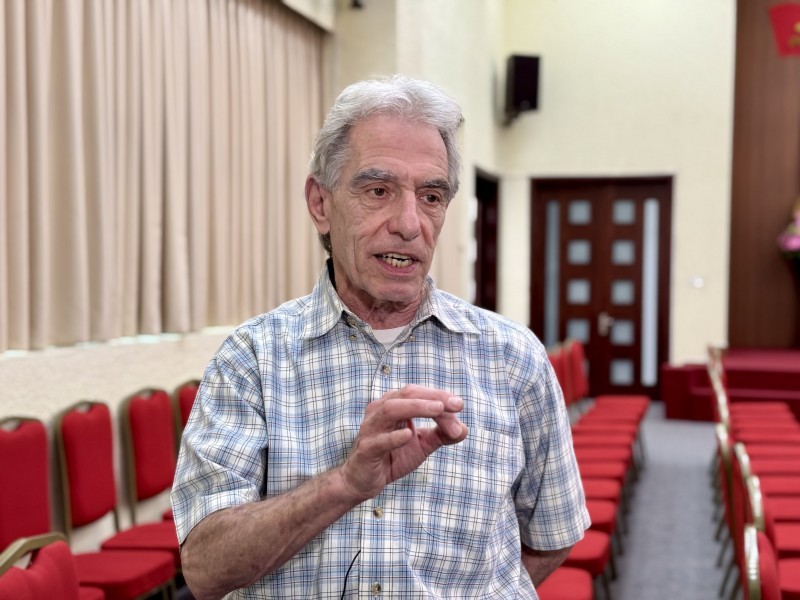A Day of the Viet in Pre-industrial Era
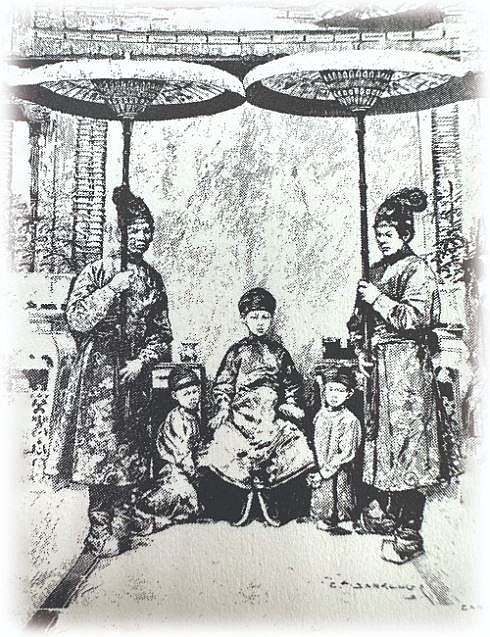 |
| Thanh Thai King (1889-1907). Image excerpted from the book "Vietnam in the past through French engravings", National Culture Publishing House, 1997. |
1. The King usually woke up at the end of the hour of the Tiger, around 4:30 a.m., to prepare himself for the royal court. If he didn’t hold court, the King could wake up an hour later. A eunuch brought a cup of medicinal tea to rinse his mouth, first took a sip, then offered it to the King; then the King spit the tea into a wide-mouthed silver spittoon. He pulled up his pants and sat on the toilet chair, with a ceramic basin underneath. The feudal royal palace from the Han Dynasty once had a King who was assassinated right in the toilet, so it was never built again. The King, Queen and palace maids all urinated in pots. The King's pot was kept by the royal doctors to study his health through feces. When finished, the eunuch used a soft towel to wipe it clean, then soaked a little honey into his anus.
The King leisurely practiced yang sheng (nourishing life) techniques on the royal garden's pavilion. Also there, Mother of the King prepared a simple breakfast, including a pot of ginseng tea, a small plate of rice flour cakes, eggs, and honey made by herself, and a bowl of chicken vermicelli. All dishes were inspected and tasted by the Mother. Two maids would wipe his body with warm water, change into inner clothes, and then cover the outside with a white royal robe embroidered with golden dragons, if he did not hold the royal meeting. The King's hair was combed and tied into a bun in the middle of the head, then a golden crown was placed tightly around the hair bun, and black velvet shoes were worn.
He went to his working hall to begin reviewing the reports submitted. On the desk, there were a set of cleanly washed brushes of various sizes, a well-sharpened black ink stone, an equally full red ink stone, a few Quanzhou jade paperweights, a yellow paper notebook with his work schedules, two stacks of documents sent from all over places, some written in the bamboo cards, some in the folded books with a silk covers, while the other written in a book on silk and rolled paper.
After four hours of working, the King changed his clothes and enjoyed a pot of lotus tea to nourish his mind. A little after noon, he went to the outer room to have lunch with thirty dishes. He stayed there for ten minutes, without touching a single dish, then gave everything to his guards, and returned to his private room to have another lunch prepared by the Mother of the King herself, sometimes just a small pot of rice, a pot of braised fish, and some boiled vegetables.
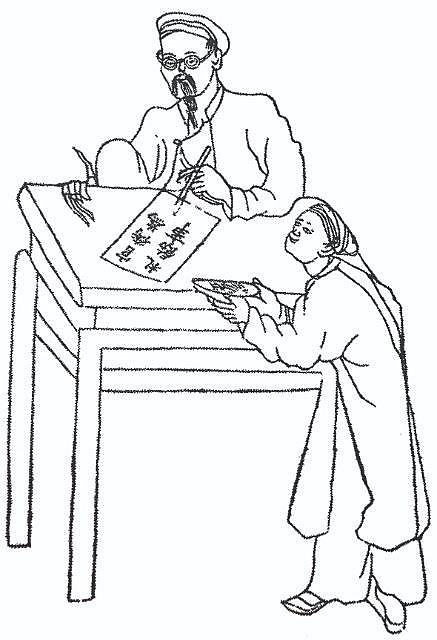 |
| Asking for the teacher's letter. Image excerpted from the book "Technology of the Annamese people" by Henri Oger, World Publishing House, 2009. |
The royal doctors would gently rub his back and offer him a cup of eight treasures tea; then the King would take a nap for about half an hour. Two maids knelt near the head of the dragon bed, two used feather fans to gently wave at his feet, two others stood further away and gently fanned to create a cool air around the bed. The four muscular guards were bare-handed and not wearing any shirts, standing in the four corners of the room. On the bed, the King rested his head on a high-necked lacquered wooden pillow; underneath was a brocade cushion. His belly was covered with a soft silk blanket, and around him were ivory-white silk curtains woven with the twelve beautiful landscapes of the capital.
Waking up at noon, the King had a bowl of bird's nest steamed with rock sugar. He went to the working hall to write some calligraphy, work on a painting that had been painted for many days, then met with a few officials of the six ministries. In the late afternoon, he practiced Tai Chi with the martial arts master, took a shower, then went to Tinh Tam Lake to admire the lotus flowers. After dinner, he changed clothes and reviewed documents until the end of the hour of the pig. Four naked palace maids would lay down in the blanket for warmth. He would make love with a new concubine from the countryside, who was just entering the age of around fifteen.
2. The teacher woke up late, when the sun was shining on the porch. He took off his pants, peed into the bushes of the back garden, and then recited a few lines from the Book of Poetry: "Quan quan thu cuu." Then he rinsed his mouth with tea, used a dried areca shell to brush his teeth, put his face in a clay pot of water placed on a tree branch. He smoothed his sideburns over his ears, called it eyeglass sideburns, and tied his hair into a low bun towards the nape of his neck. He had a bowl of sticky rice with sesame, sat on a small desk placed on the bed, looked through a few volumes of the Four Books and the Five Classics, preparing for the next competition.
Tens of children from several neighboring villages were talking excitedly outside on the porch. They rushed into the house, one boiled water, one washed the kettle to prepare tea, one carried the stone to grind ink, the other spread the mat. The teacher wore a black ao dai over a blouse, put a turban on his head, and began to read poetry to the children who were crouching under the mat to write descriptions.
Tens of children from several neighboring villages were talking excitedly outside on the porch. They rushed into the house, one boiled water, one washed the kettle to prepare tea, one carried the stone to grind ink, the other spread the mat. The teacher wore a black ao dai over a blouse, put a turban on his head, and began to read poetry to the children who were crouching under the mat to write descriptions.
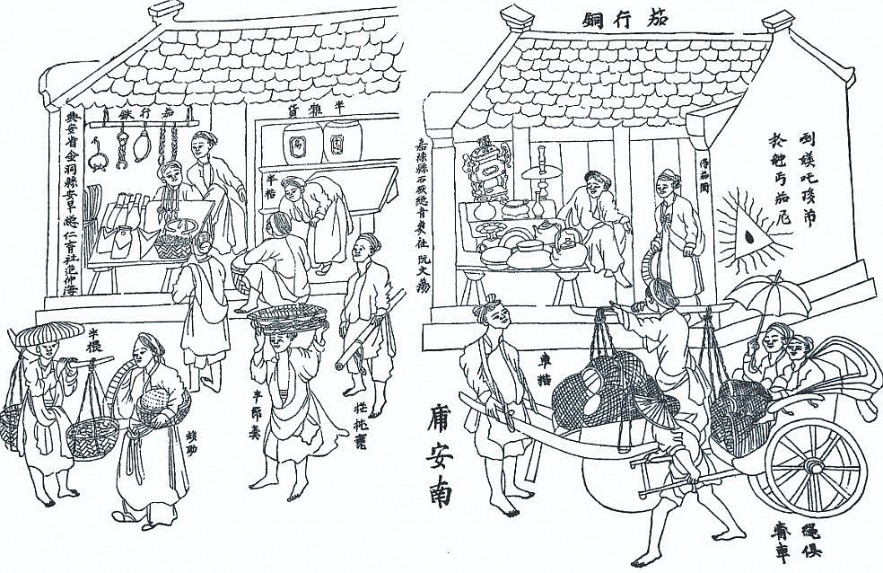 |
| An Nam street. Image excerpted from the book "Technology of the Annamese people" by Henri Oger, World Publishing House, 2009. |
3. When the pagoda’s bell rang at the end of the hour of tiger, the farmer woke up and washed his face with water scooped from a coconut shell, quickly swept the yard with a broom, then had three bowls of rice with amaranth plant and roasted salt on a small bamboo tray placed in the corner of the yard. A little past the hour of the cat (from 5 to 7 a.m.), when the sky was still foggy, he carried the plow on his shoulder and took the buffalo to the field. In the middle of the afternoon, when the sun was shining brightly and the fields were completely plowed, he took a long drag of rustic tobacco and returned home, not forgetting to bring along a basket of buffalo excrement and a few frogs caught on the edge of the field.
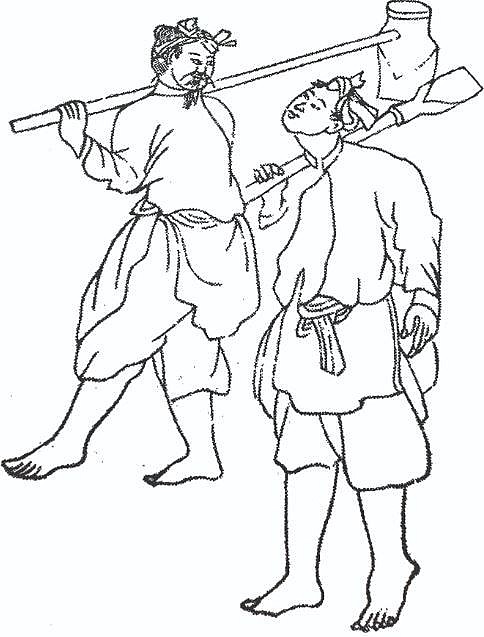 |
| Going to the fields to dig soil. Image taken from the book "Technology of the Annamese people" by Henri Oger, World Publishing House, 2009. |
Taking off his working clothes and hanging them on the pole at the end of the rice mill at home, he wore brown clothes that were not worn out, although they had a few patched spots. The lunch was simply cassava, but there was also a plate of stir-fried frogs with bamboo shoots. He slept until early afternoon, then carried the hoe to plow crops. In the evening, he tried to find some crabs, jumped into the river to swim, and then returned to fence the garden until dark. The whole family lit a tiny oil lamp, and had dinner in the yard with a pot of water and a basket of potatoes. His wife also pounded the rice and washed clothes. After finishing all the work, husband and wife wiped their feet on the rice broom, beat it a few times, climbed into bed, had a short love scene, and then fell sleeping soundly.
4. The carpenter and his son arrived at the customer's house in the neighboring village last night. The homeowner wanted to make a wooden altar table. Sleeping on a bed and covered with a sedge mat, the father and son woke up early, washed their faces quickly, and then had a big pot of rice with boiled vegetables and braised fish. They drank tea and burned tobacco, then talked with the homeowner for about half an hour. They opened their toolboxes and prepared everything ready at hand, including chisels, hammers, drills, rulers, inks, saws, and axes. The wood had already been mixed, now they just needed to refine it. First, they took measurements of the middle space, where the altar table would be placed, then calculated the scale so that all measurements would fall into the angles of good fortune and male birth.
First, they built the frame, then covered the planks, carved patterns, and finished with painting. The work would last until the end of the year; on this very first day, they just made rough calculations and sketches. However, early next year they had to go to the Ministry of Rites to repair some worship objects in the Thai Mieu Temple. At noon, the carpenter and his son leisurely drank tea, washed their bowls, and waited for the homeowner to come home for a drink. The first lunch included duck blood pudding and a full jar of alcohol. All three then fell onto the wooden bench, wheezing. They woke up at the time of the goat, gathered around to play a few games of chess, teasing each other noisily, and then got back to work. In the evening, they had dinner and drank. The son then ran into the village to flirt with the lady living nearby, while the father and the homeowner gambled until the hour of the pig. In a lifetime, a good carpenter could at his best build thirty sets of altars, but every set is worth a work of art.
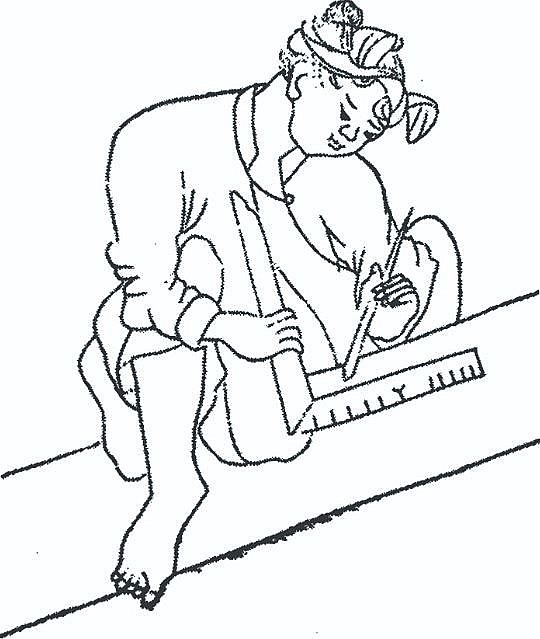 |
| A carpenter is measuring a ruler. Image taken from the book "Technology of the Annamese people" by Henri Oger, World Publishing House, 2009. |
5. The merchant rearranged his head scarf, checked his full wallet with plenty of coins, shouldered a bag containing clothes, walked out of the pho restaurant, and went to Son Tay wharf. On the boat, the Muong people loaded a few bags of spices and herbs. Through Huong Canh, the traders would import some more ceramics, then sail to Thang Long and Pho Hien. The Deu Cang people (the hired bearers, who usually carried two baskets on both sides of one stretcher, or two people sharing one pole with the basket in the middle) had all returned. The distance from Son Tay to Ke Cho was about fifty or sixty kilometers, but along the Red River route, it seemed to be seventy or eighty kilometers and took the boat one day to arrive. At noon, the boat stopped at Phuc Yen to eat and buy ceramics. In the afternoon, the boat sailed down to Chuong Duong wharf. The guests and the boat owner took off the drawstring of their pants, peed on the river surface, straightened up their clothes, and then transferred spices to shore.
Staying in Thang Long for about three days, the merchant bought some Ha Dong silk, went out to visit Co Dau (the singer), and listened to A Dao singing. He stayed at an acquaintance's house on Thuoc Bac street. The boat then continued down to Bat Trang, he bought a few dozen lots of bowls and large vases, then went to Pho Hien to deliver the goods. Dozens of days floating on the river, when near a port, they would go ashore to eat and stay, or else they would cook on the boat. If it was a long stay, the boat owner had to agree to let the merchant bring an overage Co Dau for fun. Bathing was usually done using river water. Unless it was scarce, the boat owner often stored rainwater for cooking and making tea. At night, sitting at the head of the boat watching the moon and enjoying tea could also be a truly peaceful scene.
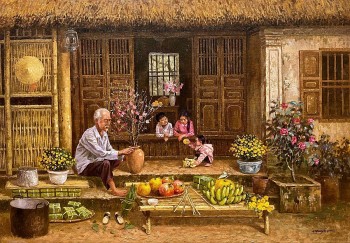 | A Nostalgic Taste Of Traditional Tet Atmosphere Through Vietnamese Artist’s Paintings The mesmerizing artwork about the Tet holiday of Vietnamese artist Tran Nguyen is like a rewind film, taking viewers back to the past with nostalgic ... |
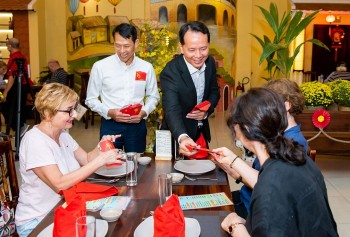 | Foreigners Excitedly Celebrate Vietnamese Tet Participating in the "Foreigners celebrating Tet" tour, visitors can enjoy Tet dishes such as chung cake, braised meat, onion pickles and receive lucky money according ... |
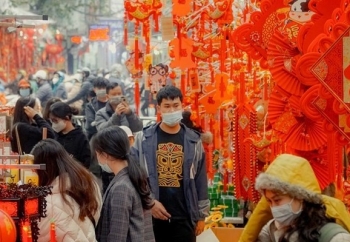 | International Newspapers Introduce Vietnamese’s Tet Holiday Lunar New Year, also known as Tet Holiday (Tet Nguyen Dan), is a festival with long-standing cultural significance in Vietnam, according to international press. |
Recommended
 Focus
Focus
Vietnam Leaves Imprints on the World Peacekeeping Map
 Viet's Home
Viet's Home
“Global Vietnamese Singing 2025” - Connecting Hearts Longing for Homeland
 Viet's Home
Viet's Home
Vietnam’s People's Public Security Force Actively Contributes to UN Peacekeeping Operations
 Viet's Home
Viet's Home
HAUFO Enhances Competence of People-to-People Diplomacy Personnel
 Viet's Home
Viet's Home
Hands that Reserve Da Long Brocade Craft
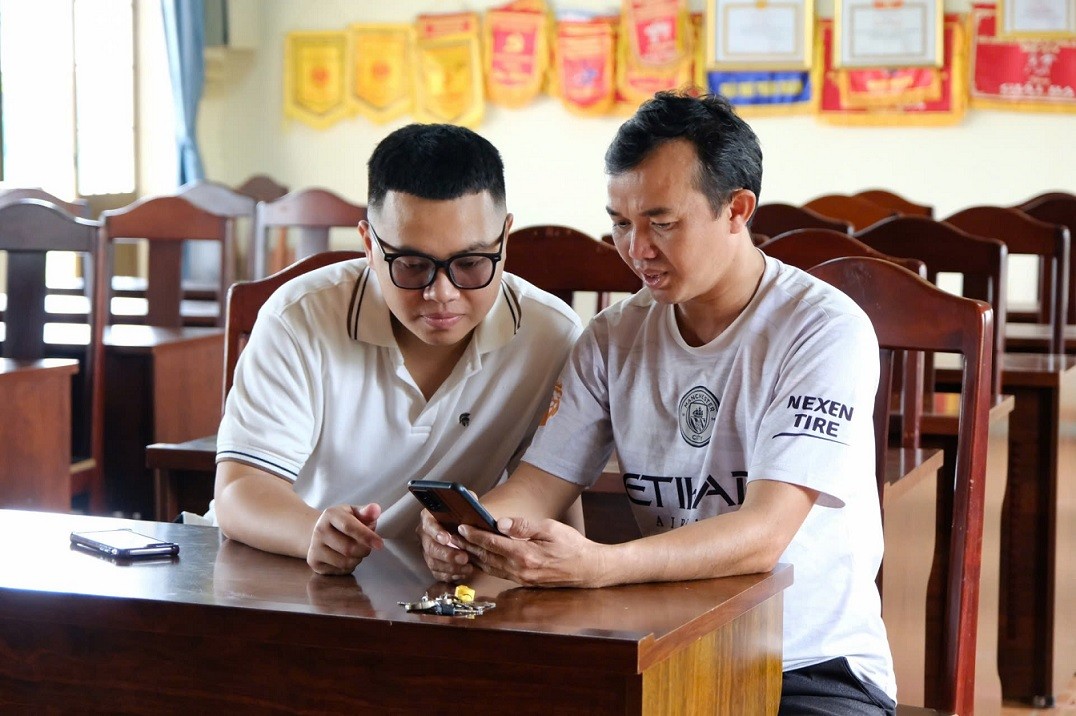 Viet's Home
Viet's Home
Da Rsal – How Digital Transformation Reshape a Poor Commune
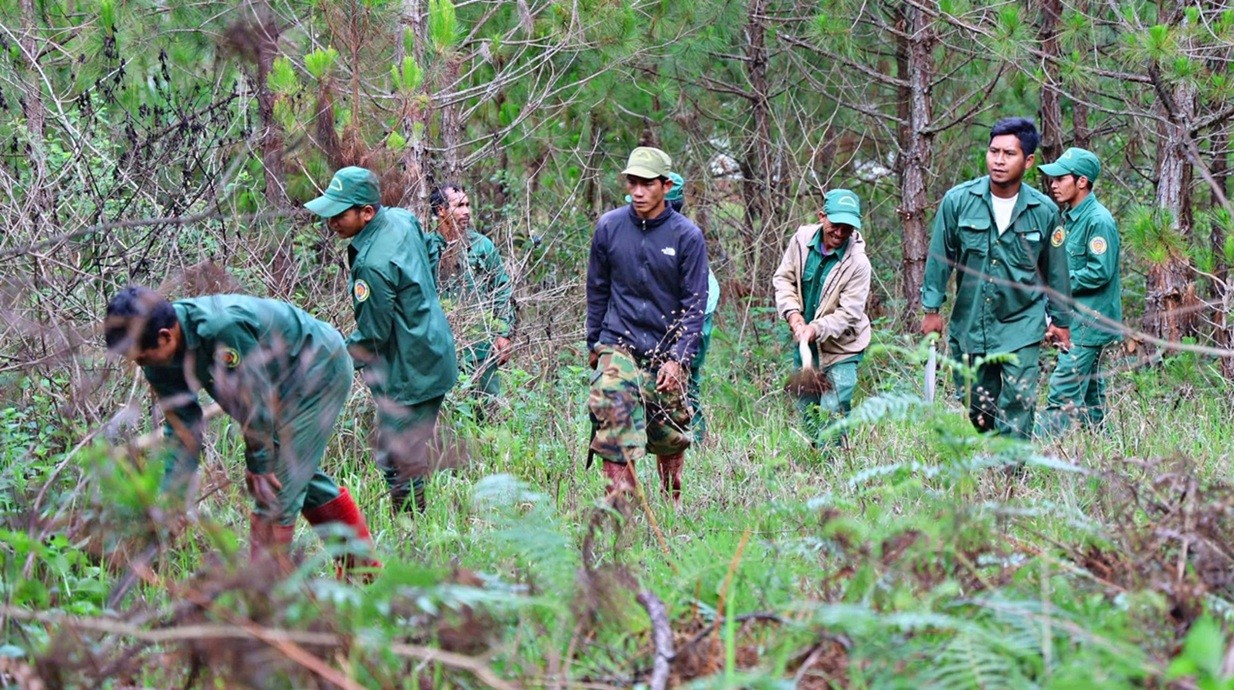 Viet's Home
Viet's Home
Vietnam Classified as “Low Risk” Under the EU Anti-Deforestation Regulation
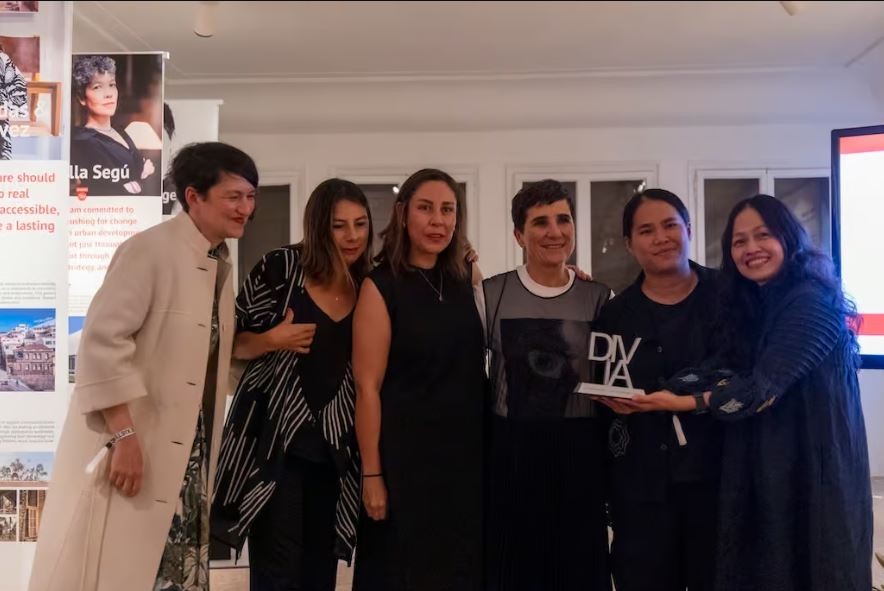 Viet's Home
Viet's Home

